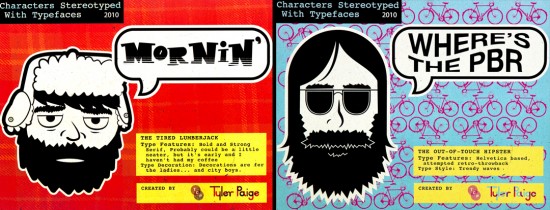
In this month’s Ask Ned, Ned explains how to write dialogue for a screenplay.
Bruce Asked:
I started my first screenplay and I seem to be stuck on a problem with it. After writing a scene, I reread it and the dialogue sounds flat and artificial. How do you write dialogue that is natural and conversational? Thanks.
Ned Answered:
There are different considerations when you’re writing dialogue for prose or screen. In a book (or short story), you have more of a chance to do “natural and conversational” dialogue. You can have characters say, “Hey.” “Hey.” “Yeah. So… what’s up?” “I dunno… I’m good.” There’s room for that kind of realism and readers can even be charmed by it.
But in a movie, it’s a no-no. Movies don’t have “natural and conversational” dialogue. What’s important in a movie is the following:
- The characters talking are in conflict.
- The characters are talking around the issue.
For simplicity’s sake, let’s try a scene with two characters (which is probably a good idea anyway because every character you add to a scene makes it twice as difficult to shoot). Say it’s a guy and a girl who are living together – and the girl wants to break up with the guy but the guy wants to marry the girl. That’s good, because both characters want something, and the things they want are fundamentally opposed to each other.
What you don’t want these characters to do is walk into the kitchen and say, “Will you marry me?” “No. I want to move out.” This is called on the nose dialogue and I think it’s what you mean by “flat and artificial.”
Instead, have the characters talk around the issue – let’s say by talking about coffee. The guy says, “Do you want hazelnut?” and the girl says, “I’ve never liked hazelnut. Why do you keep asking me?” And the guy says, “Yeah, but it’s whole bean.” Then he slips an engagement ring into the tin of coffee beans without her seeing and hands it to her. She looks down at the beans and says, “Yeah, no, this smells gross. I’m getting a latte.”
Remember that movies aren’t reality – they’re a heightened reality that people pay for. So don’t worry about the dialogue being “natural and conversational”. Instead, worry about the characters being in conflict and talking around the issue, and trust that it’ll work out. (And yes, there are movies where people seem to be having totally realistic and naturalistic dialogue… but if you dig beneath the surface, those films are just putting slang on top of the same two principles.)
Good luck!
Ned
* * *
Have questions about writing or the business of publishing? Ask a real writer! Ned Vizzini is the author of It’s Kind of a Funny Story, Be More Chill, and Teen Angst? Naaah…. He has written for The New York Times, The Daily Beast, and season 2 of MTV’s Teen Wolf. His work has been translated into seven languages and will soon be in Czech. He is the co-author, with Chris Columbus, of the forthcoming fantasy-adventure series House of Secrets. His next novel, The Other Normals, will be published in fall 2012. E-mail your questions to askned@artandwriting.org.
